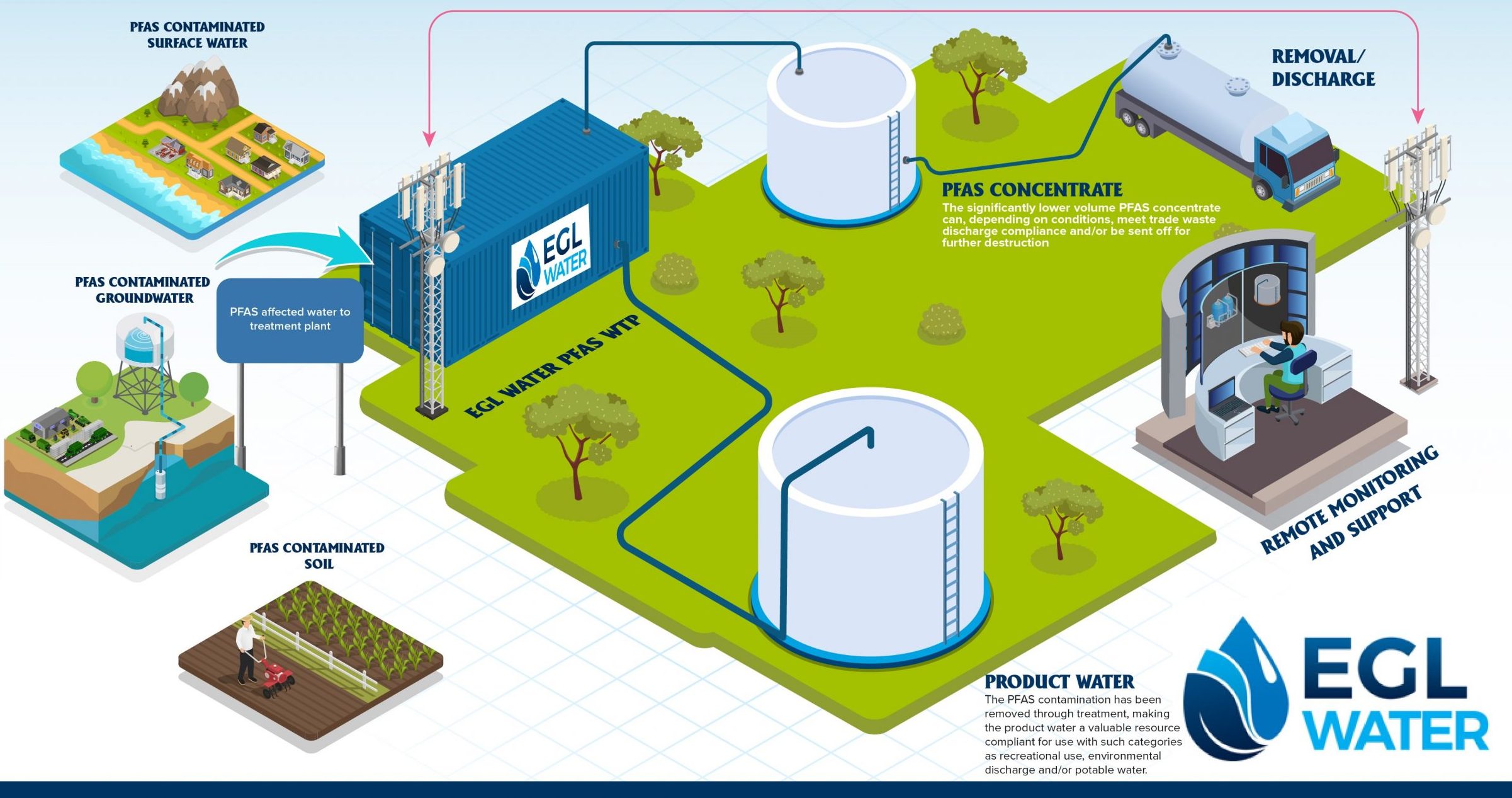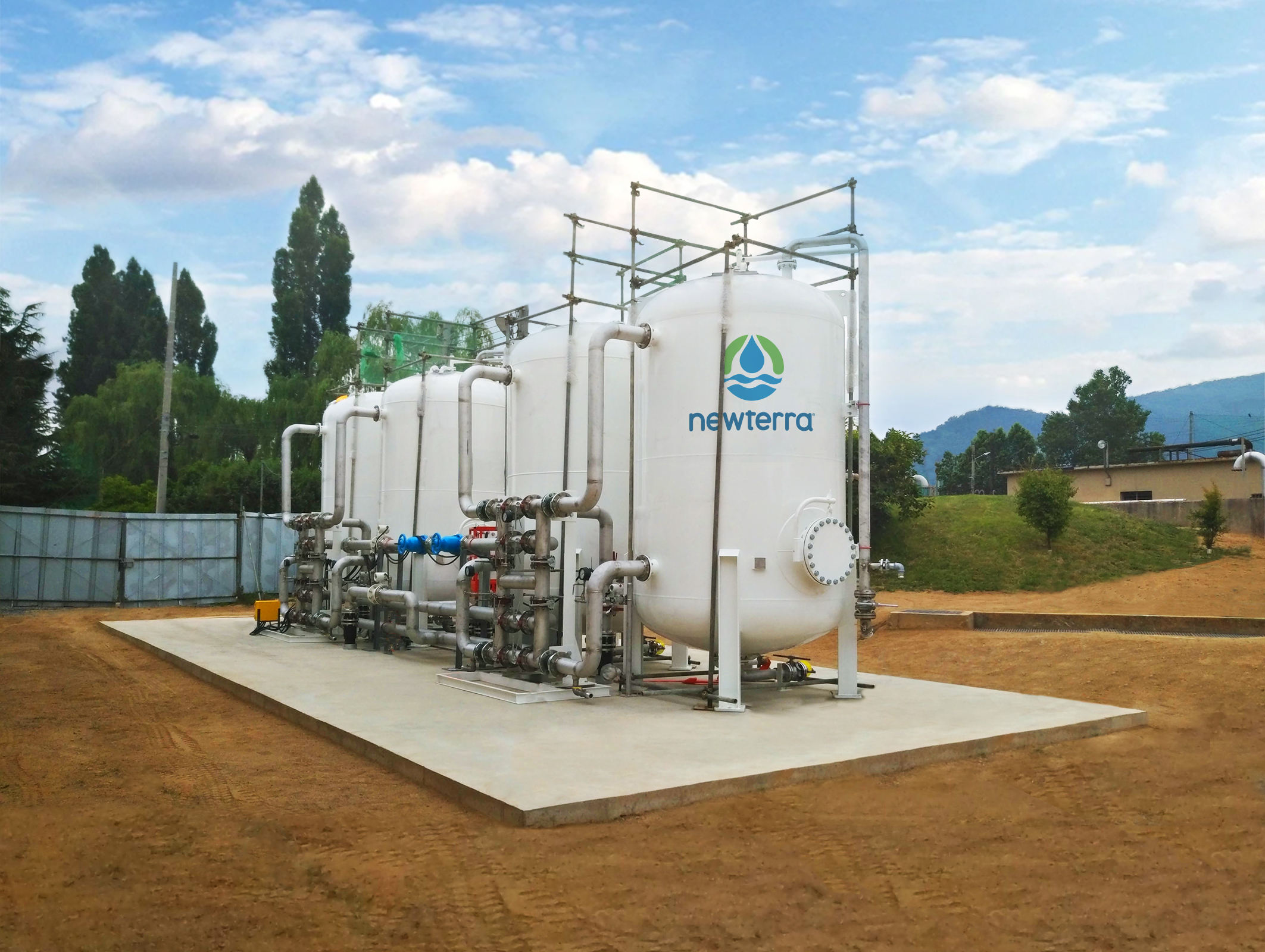Comprehensive PFAS Management Strategies for Water Sources
Comprehensive PFAS Management Strategies for Water Sources
Blog Article
Ingenious PFAS Therapy Solutions for Safer Water
The increasing frequency of PFAS contamination in water materials necessitates a crucial assessment of innovative therapy options. Furthermore, emerging bioremediation strategies offer a more lasting strategy to tackling PFAS challenges. pfas management.
Summary of PFAS Contamination
PFAS contamination has arised as a considerable ecological and public wellness issue. Per- and polyfluoroalkyl materials (PFAS) are a team of artificial chemicals understood for their persistence in the environment and body, leading them to be commonly described as "forever chemicals." These substances have actually been widely used in numerous markets, including firefighting foams, water-repellent materials, and food packaging, mostly as a result of their water- and grease-resistant residential or commercial properties.
The prevalent usage of PFAS has caused their discovery in dirt, water supplies, and also in the blood of human beings and pets. Researches have linked PFAS exposure to many health concerns, including developmental results in infants, body immune system dysfunction, and different forms of cancer cells. Additionally, the environmental persistence of these substances complicates their deterioration and elimination, increasing worries about long-lasting eco-friendly influences.
Governing bodies are significantly implementing rigid guidelines to keep track of and reduce PFAS degrees in alcohol consumption water and various other ecological mediums. As recognition of PFAS contamination expands, it has actually ended up being essential for communities and markets to seek effective therapy services to minimize direct exposure and guard public health.
Advanced Purification Technologies
As the urgency to deal with PFAS contamination heightens, advanced purification innovations have actually emerged as an essential element in the removal initiatives targeted at getting rid of these consistent chemicals from water sources. These innovations take advantage of sophisticated systems to successfully target and capture PFAS compounds, which are notoriously resistant to standard therapy methods.
Among the most promising methods is the use of granular triggered carbon (GAC), which adsorbs PFAS molecules because of its high area and porous framework. This approach has been widely implemented in both municipal and industrial settings, demonstrating considerable decreases in PFAS concentrations. Furthermore, ion exchange resins have obtained grip, specifically developed to selectively bind PFAS ions from water, therefore promoting their elimination.
Membrane layer purification modern technologies, such as reverse osmosis and nanofiltration, likewise reveal effectiveness in PFAS elimination by physically separating impurities from water - pfas management. These systems can achieve high levels of pureness, making them ideal for alcohol consumption water applications
Chemical Therapy Technologies
Various chemical treatment technologies are being discovered to effectively attend to PFAS contamination in water materials. One appealing technique involves making use of innovative oxidation processes (AOPs), which utilize effective oxidants such as ozone, hydrogen peroxide, or chlorine dioxide incorporated with UV light to break down PFAS substances right into much less dangerous materials. This technique has actually demonstrated efficacy in laboratory setups, revealing possible for scalability in real-world applications.
One more cutting-edge method is the growth of ion-exchange materials specifically made to target PFAS. These materials can precisely adsorb PFAS substances from water, allowing Full Report for their elimination during treatment procedures. Current advancements have enhanced the performance and capability of these materials, making them a favorable choice for water treatment centers.
Additionally, scientists are exploring the usage of chemical agents like persulfate and ferrous ions to improve the destruction of PFAS in polluted water. These agents can cause chemical responses that promote the malfunction of consistent PFAS substances.
Arising Bioremediation Techniques
Recent advancements in chemical treatment technologies have actually led the way for checking out bioremediation techniques as a feasible alternative for attending to PFAS contamination. Bioremediation uses the all-natural metabolic processes of microbes to deteriorate or transform contaminants, making it an appealing method for dealing with persistent pollutants like PFAS.
Arising strategies in bioremediation consist of making use of genetically crafted bacteria that can specifically target and damage down PFAS substances. These microbial stress are being established for their enhanced destruction capacities, raising the performance of the remediation process. Furthermore, scientists are checking out the capacity of plant-assisted bioremediation, where specific plant species may uptake and sequester PFAS from contaminated dirt and click over here now water.
An additional promising technique is the application of bioaugmentation, which includes presenting helpful bacteria into polluted environments to improve the degradation of PFAS. This method can facilitate much faster remediation timelines and improve total efficiency.

Regulative Frameworks and Specifications
A comprehensive regulatory framework is crucial for effectively managing PFAS contamination and making certain public health protection. The increasing recognition of per- and polyfluoroalkyl materials (PFAS) as toxic wastes has motivated numerous government and state agencies to develop criteria that control their existence in water supplies. The U.S. Environmental Protection Company (EPA) has actually established wellness advisories and is pursuing setting enforceable limits for PFAS in drinking water.
State-level policies differ dramatically, with some states taking on more stringent guidelines than those proposed by the EPA. These laws often include optimum impurity degrees (MCLs) for specific PFAS substances, surveillance demands, and reporting obligations for water energies. Furthermore, arising frameworks focus on the remediation of infected websites, stressing the requirement for reliable treatment technologies.

Verdict
To conclude, the development and execution of innovative PFAS treatment services are crucial for dealing with the pervasive problem of water contamination. Advanced filtering innovations, chemical treatments, and emerging bioremediation methods collectively provide a diverse technique to effectively lower and break down PFAS degrees. As governing frameworks proceed to evolve, incorporating these technologies will be necessary to secure public health and wellness and bring back the integrity of infected water resources, eventually adding to a cleaner and much safer environment.
Report this page